I hope I’m not sounding too much of a geographic determinist but it does echo what I’d be droning of for years as Islam as predominantly a mercantile and arid faith. Islam’s borders can be pretty much defined by the prevalence of pork in the East, West & South (Uganda is 15% Muslim but pork is a very favoured meat here).
Flat out prejudice
In September 1990, Captain Zainul Abidin Juvale, master of a cargo vessel called MV Safeer, became master of the fate of 722 Indians who sailed out with him from Kuwait to Dubai. Iraqi dictator Saddam Hussein’s troops had invaded Kuwait and the Indians there were stranded for over a month.
For over a month now, Juvale has been house-hunting in Bandra (W), but he is unable to buy a flat when he likes one. The brokers have frankly told him that the societies where he has shown interest have an unwritten rule: not to rent or sell flats to Muslims.
“Nobody asked me my religion when I risked my life to rescue fellow Indians who faced starvation and death in Kuwait,” says Juvale. “Now I am being made aware of my Muslim identity.”
regards
PS In response to Zachary, most likely to be societies dominated by veg Hindus/Jains. Non-veg Hindus will also not be welcome.
A world built on Slavery
The victims of partition(s)
Unidentified gunmen shot dead four persons, including a prominent India-born Shia scholar, in this Pakistani port city on Thursday in target killings. Four gunmen opened fire on an auto-rickshaw in which Allama Taqi Hadi Naqvi was traveling.
Naqvi succumbed to his wounds in hospital, police official Imran Shaukat said.
Renowned within academic circles, Naqvi was born in Moradabad district
of India’s Uttar Pradesh state and moved to Pakistan with his family
after independence.
Three other persons, including the
administrator of a madrassa and his son, were shot dead by gunmen in
separate incidents in the city. regards
East Africa’s growth potential from a Private Equity Perspective
This is the one graph you need to know to understand the Rise & Rise of Uganda (despite being the headlines for all the wrong reasons). Demand for Capital is going to be most intense from medium-cap funds in Anglophone Eastern Africa. Isn’t the definition of Serendipity being about at the right place at the right? It’s almost as if the McKinsey Report is describing TLG Capital.
http://www.mckinsey.com/Insights/Africa/Uncovering_hidden_investment_opportunities_in_Africa
The americans are keeping (a careful) watch
Since it is conventional wisdom that polls conducted by Indian organizations are bogus (americans are saying so, one TV channel is also up with a sting operation) the next logical step is for the US organizations themselves to roll up their sleeves and step up to the plate and clear up all the confusion (+/- 3.8% is pretty credible). This in turn shines a spotlight on how much the americans are prepared to invest to make sure that they are well aligned with the coalition that will presumably rule India for next five years.
The survey has been conducted in all corners of India (Kerala excluded) and across all categories/divisions (gender, age, education, income, rural vs urban) BJP bests Congress by a huge margin.
At the lower end of the scale are the following: low income group (+37), 50+ age group (+37), women (+38), urban (+39). At the higher end we have the following: college degree (+52), middle income group (+49), men (+48) and (high) school certificate (+48).
What conclusions can we (imperfectly) draw from this? The Indian muslim population is less wealthy and more urbanized, this may help explain the low points. The middle class, well educated men form the backbone of the IH community so the high points are also not a surprise. Thankfully women appear to be (just a bit more) sensible as compared to men and aged people may recall the good old days of Nehru/Gandhi. Since the old generation will be fading away it appears that the hope for a secular India lies with her women. Stree Shakti is the best, it seems (as it was in the Vedic past when goddess Durga rode into battle against Mahisasura).
As far as regional differences are concerned: North (+74), followed by South (+42), West (+33) and East (+27). The southern anomaly is the most interesting data point of all. Explanations are (1) poll is crap, (2) shudras are relaxed about Sir-ji (why not? he is one of them, no?), (3) Kerala was not counted, (4) a bit of all of the above. If true this suggests that the southern leader-ess and others who may be thinking of jumping into bed with BJP will not be suffering any serious backlash if they decide to jump.
All in all Pew appears to confirm that the middle-caste, sons of the soil are ready to take back the power invested with mixed blood (also foreign blood) monarchs who have (mis)ruled India almost without break for so many centuries past. The shudra king of a shudra nation will not be stopped in his tracks by a bunch of liberal, pseudo-secular, activists. This is how democracy works, folks.
regards
Jab We Met: Encounters between Islam and Hinduism in Early-Medieval Punjab
history is taken seriously, few nations are more pitiable than Pakistan today.
Occupying one of the most historically rich pieces of land on the
planet, modern Pakistanis go about their business oblivious to the echoes of
the past that swirl all around them and the layers of history that lie buried
under their feet. And more’s the pity for a better understanding of this
historical past could explain a lot of the present and its problems, and
perhaps even help solve them.
the history of the region is the time between 711 CE and 1200 CE, i.e., from
the time when the first Arab conquerors under Muhammad bin Qasim established
the so-called Emirate of Sind to the end of Ghaznavid rule in Punjab. One
reason why this period is of special significance is that it represents the
first extended encounter between Islam and the religious traditions of India,
notably Hinduism (Buddhism too, but more on that another time). Given how the
interaction and conflict between these two traditions has shaped – and
continues to shape – the history of the region, looking back to the earliest
encounters is especially important.
history of the early medieval period in Northwestern India has attracted its
share of scholarship, from the contemporary writings of Al-Biruni,
Al-Maqdisi
and Ibn Hawqal to the
work of modern historians such as Romilla Thapar1,
Finbarr Flood2,3
and Derryl MacLean4.
These works describe a fascinating process of interaction, integration and
antagonism between two great cultures in an ancient land. In this piece, I will
only consider a narrow but interesting set of issues, motivated, as often, by a
coin in my collection – a bilingual
Ghaznavid dirham circa. 1128 CE, shown below.
of the Ghaznavid dynasty, Mahmud, who is famous – at least in South Asia – for
his repeated attacks on India and his destruction of the great temple at
Somnath in 1024. While his attacks ranged over large parts of northern India,
Mahmud annexed only regions that lie in modern Pakistan. The coin was struck in
419 AH (1028 CE) at Lahore, which was then known as Mahmudpur – itself an
interesting bit of historical information (the name “Mahmudpur” can be read
clearly in the margin of the image on top at the 6 o’clock position). The
complete inscription in the margin reads (as far as I can reconstruct it from
this and other similar coins): bismillāh
zuriba hādha-al dirham mahmudpur tis’a ‘ashra wa arba’ mi’ah (In the name
of Allah. This dirham struck at Mahmudpur 419). The central text on this side
of the coin reads: lā-ilāha ill-allāh /
muhammad rasūl-ullāh / yamīn-ud dawlah / wa amīn-ul millah Mahmud (There is
no God but Allah / Muhammad is His messenger / protector of the state / and
custodian of the community Mahmud). The inscriptions at the 12 o’clock and 9
o’clock positions together read al-qādir
billah, which was the name of the Abbasid caliph in Baghdad, to whom Mahmud
nominally professed allegiance (more on this below).
on the bottom. The text is in Sanskrit, written using the Sharada script, which was
used throughout the region at the time and is the ancestor of the Gurmukhi and
Kashmiri scripts. The text in the margin declares that the “tanka” – the Indian
equivalent of the dirham – was struck in Mahmudpur on the given date, but it is
the central inscription that is most interesting. The text reads: avyaktam ekaṃ, muhamadaḥ avatāraḥ, nrpatiḥ
mahamudah. This translates as: The
Invisible is one; Muhammad is His manifestation (avatar); Mahmud is the king.
The margin also has a Sanskrit translation of the statement about the mint and
date, including the Arabic bismillāh
(in the name of Allah) translated as avyaktīya
nāme (in the name of the Invisible). I rely on the reading reported by Flood
in Objects
of Translation: Material Culture and Medieval “Hindu-Muslim” Encounter3 (with
citations to several other works), but
also given by Thapar in Somnatha:
The Many Voices of History1, and other
sources, such as the entry for coin number 39207 in
the Zeno Oriental Coins database and CoinIndia.
translation of the Muslim declaration of the creed (shahada) into Sanskrit, is
interesting for three reasons. First, the very fact of putting a Sanskrit
version of the shahada on a coin signals a certain outreach to the conquered
Hindu population. After all, they were the only ones who would be expected to
read the Sanskrit version. Perhaps there was also an element of proselytization
in the move, trying to acquaint Hindus with the basis of Muslim belief. In any
case, it was a remarkable acknowledgement of the need to communicate across communal
lines. Second, the exclusive Islamic declaration, “There is no God but Allah”
is translated as “The Invisible is one” (or sometimes as “the Unmanifest is
one”), which excludes nothing. Indeed, it is best read as an affirmative
statement declaring the unity of all that is ineffable and immaterial – the
great world spirit, so to speak. For Hindus who believed in the undefinable,
unchangeable reality – Brahman – at the core of everything, this would not have
been a stretch at all. This is especially so if
MacLean is correct and the major form of Hinduism prevalent in the area was
Pasupata Saivism with
its strongly monotheistic beliefs. Finally, the most remarkable aspect of the
translation is the declaration that the Prophet Muhammad is a manifestation
(avatar) of God – not a messenger, as Muslims believe. From an orthodox Islamic viewpoint, this is a
heretical statement, but there it was on the coins of that most pious protector
of Islamic orthodoxy, Mahmud “the idol-breaker”!
coins were issued only at Lahore, and only for two years (418 and 419 AH). In
an end note, Flood
(p. 279) quotes Tye
and Tye 5, as suggesting that these might have been fiduciary
coins for local use. Nevertheless, given the importance of Lahore to the empire
– it was virtually a joint capital with Ghazni – and the fact that in 1028
(when the coins were issued), it
was governed by Mahmud’s hand-picked governor, Malik Ayaz (of Mahmud-o-Ayaz
fame), the issuance of the bilingual coins and the text of the Sanskrit inscription
cannot be dismissed as an anomaly. Clearly, there was an explicit and official
attempt to reach across the communal divide, not only in form but also in ideas
– perhaps to promote a version of the Islamic creed that would win greater
acceptance among the Hindu populace. Nor was this the only such example.
Mahmud’s son, Mas’ud I, also issued coins depicting
Hindu iconography, including an image of Nandi, the bull of Shiva, which
had been a prevalent motif in the Hindu Shahi coinage before the Ghaznavids.
Indeed, these Hindu
motifs continued to be used on Ghaznavid coins by Mahmud’s successors in
clear contravention of the orthodox Islamic proscription against images. Some coins also used Sharada
inscriptions naming the king and occasionally invoking Hindu deities. These
iconographic practices persisted
into the Ghorid dynasty as well.
Islam and Hinduism in the region goes back somewhat further, and has some ironic
twists.
rulers in India were struck in Multan by the Sāmid Amirs who reigned there in
the 10th century. Multan was then the capital of what is sometimes
called “Northern Sindh”. After the initial Arab conquest in 711, Sindh was
rules by a succession
of governors appointed by the Umayyad administration, and then by the
Abbasids after they took over in 750 CE. However, the hold of the caliphate on
Sind became increasingly tenuous, and by the early tenth century, the region
had split into a southern part, ruled from Mansurah by descendants of ‘Umar bin
‘Abd-ul-‘Aziz al-Habbāri, and a northern part, ruled from Multan by the
descendants of Sāmah bin Lu’ayy. Both dynasties were of Qurayshi Arab
origin, and professed nominal allegiance to the Abbasid caliph in Baghdad.
Multan, at the time, was famous for its magnificent Sun Temple, which was a
major center of Hindu pilgrimage. The Sāmid rulers seem to have supported the
temple and a tolerant, perhaps syncretic version of Islam. However, sometime in
the mid-tenth century, the rulers of Multan converted to Ismai’ili Islam, and
transferred their allegiance from the Abbasids to the Fatimid caliph in Cairo,
who was also the Isma’ili imam. Initially, the Isma’ili religious leadership in
Multan appears to have continued on a tolerant course, but this aroused the
wrath of the Fatimid Caliph, Al-Mu’izz, who sent a new preacher (dā’i), Jalam
bin Shayban, insisting that the Isma’ili Amir of Multan purify the local
religious practice (per Isma’ili doctrine, of course), and end support of “idol
worship”. In a famous incident, the Caliph, hearing that a major local idol had
been destroyed by the new preacher, asked that the head be sent to him as proof
of destruction. It has been believed, on the authority of Al-Biruni, no less,
that this refers to the destruction of the Sun Temple and its idol, but other
evidence, summarized by MacLean, suggests
that it was probably another, lesser idol. Nevertheless, it is ironic that the
first recorded instance in Punjab of systematic idol-breaking in the name of
Islamic purity came from Isma’ilis rather than orthodox Sunnis. A second irony
is that it was the Isma’ili presence in Multan that attracted the most famous
of “idol-breakers”, Mahmud, to attack
Multan in 1010 CE, depose its Isma’ili ruler whom he regarded as an
apostate, and annex the province into the Ghaznavid empire. Apart from
his religious objections, Mahmud may also have been motivated to punish
the rulers of Multan for transferring their allegiance away from the
Abbasid caliph, to whom Mahmud pledged nominal fealty.
Isma’ili period Multan around
965 CE. As shown in the examples from my collection (above), the text on
these very small coins is usually hard to read. However, one side had the name
of the ruler in Arabic (left panel) while the other often had a Sanskrit word,
written in the Sharada script, with Hindu religious significance (right panel).
According to Flood3,
four distinct Sanskrit inscriptions have been identified – two referring to
Vishnu, one to Lakshmi, and the fourth to “Madhumadi”, which is regarded as the
Sanskritized version of “Muhammad” (also used elsewhere in India at the time). If
this is true, the coins represent an attempt to insert the Prophet of Islam
into the Hindu pantheon. Perhaps it was such practices that raised the ire of
al-Mu’izz and motivated him to send a “purifier”.
Isma’ili Muslim rulers in Multan attempted to create a syncretic culture among
the Hindus and Muslims of their emirate; then they were chastised by an
Isma’ili Caliph in Egypt who ordered them to destroy idols and temples – which
they did; but their Isma’ili faith was still seen as heretical by the pious
Sunni king, Mahmud, who invaded and annexed their kingdom; and then, Mahmud’s
own hand-picked governor in the region made another similar effort at syncretic
outreach, minting coins with statements that orthodox Muslims would have
regarded as heretical – but only in Sanskrit!
1. R. Thapar (2005) Somanatha: The Many Voices of a History. Verso.
2. F.B. Flood (2011) Conflict and Cosmopolitanism
in “Arab” Sind. In: A Companion to Asian
Art and Architecture, R.M. Brown & D.S. Hutton (eds), pp 365-397. Blackwell.
3.
F.B. Flood (2009) Objects of Translation: Material Culture and Medieval
“Hindu-Muslim” Encounter. Princeton University Press.
4. D.N. McLean (1989) Religion and Society in Arab Sind, Brill.
5. J. Tye and M. Tye (1995) Jitals: A Catalogue and Account of the Coin Denomination of Daily Use
in Medieval Afghanistan and North West India. John Tye.
the Sanskrit tongue was chilled at 500metres
Interesting thoughts about on Sanskrit and how Indian civilisation was essentially a lowland phenomenon.
Institutional Racism affects Sikh Marathon Runner
http://espn.go.com/espn/story/_/page/Fauja-Singh/fauja-singh-runner
– Harmander Singh
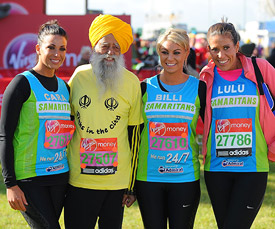
Christopher Lee/Getty Images
Pakistan; negotiations and operations..and Islamicate rationality
first published in 3qd http://www.3quarksdaily.com/3quarksdaily/2014/02/pakistan-negotiations-and-operations-and-islamicate-rationality.html#more
- The British-Indian colonial state, much decayed as it may be, is still light years ahead of any “system” Maulana Samiulhaq and his madrassa students can throw together. Tariq Ali’s anti-imperialist warriors have no viable modern political system or institutions to draw upon and nothing to offer except beheadings and endless sectarian warfare. There is no there there. The state possesses a modern army and a semi-modern postcolonial state. Its leaders may not fully understand what they have, but they do have it. They can still defeat the Taliban with both ideological hands tied behind their back. Of course it won’t be easy and it certainly won’t be pretty. The Pakistani state’s efforts may not be as vicious as the Sri-Lankan army’s campaign against the Tamil Tigers, but the human rights violations and collateral damage will be no picnic (for more on this, see my Pakistani liberal’s survival guide).

- As the Pakistani army is forced to confront the particularly vicious groups gathered under the umbrella of the TTP, it will face a period of determined Islamist terrorism. But this is not the last wave of Islamist terrorism they will have to face. Two large reservoirs of terrorists are yet to commit themselves fully to a fight against the Pakistani state (or perhaps it would be more accurate to say that the state is yet to commit to fighting them); one is the anti-Shia terrorists of the Lashkar e Jhangvi, whose front organizations (ASWJ) and networks of madrassas still operate without hindrance in the country and especially in Punjab; and the other are the various Kashmiri Jihadist organizations that remain on good terms with the army.
- Of these two groups, the LEJ is in a very unstable equilibrium with the state. While some in the LEJ and some in the state security apparatus (and the right wing political parties) continue to behave as if anti-Shia mobilization can coexist with a nominally inclusive Pakistani state, this is not really a viable strategy. When push comes to shove (and it’s getting dangerously close to the shove state) the Pakistani state will have to opt against the LEJ. Tolerating their brand of Shia-hatred is fundamentally incompatible with the continued existence of semi-modern Pakistan. So, like it or not, the state will find itself having to confront the LEJ’s front organizations at some point and when it does so it will face an especially unpleasant round of terrorism.
- The second reservoir of Islamist terrorists (the Kashmiri jihadists) has been kept relatively quiet by promises that the glorious jihad will restart in full once America leaves, but that too is not a viable long term policy. India, for all its incompetence, is not such an easy target any more. The days when Benazir could wish to see Jagmohan (governor of Indian Kashmir) converted to “jag jag mo mo han han” (i.e. broken into little pieces) were the high point of that whole strategy. India survived that point and by now, those days are long gone. Some in the deep state may not realize it yet, but just like they have had to give up on so many other Jihadist dreams, they will also have to permanently abandon their Jihadist dreams in Kashmir. And when the deep state finally comes to that point, the remaining LET and Jaish e Mohammed cadres will have to choose between a life of crime and open warfare against the state. Many will undoubtedly become kidnappers and armed gangsters, but some true believers will opt to fight. It is likely that many of them will make common cause with TTP terrorists and LEJ (beyond the connections that already exist). Islamist terrorism, in short, has not yet peaked in Pakistan. There are at least two more waves to come even after the current TTP-sponsored wave passes its peak. There is also the possibility that these three waves may more or less combine into one in the days to come.
- The state will fight several groups of Islamist fanatics, but that does not mean it will become liberal or convert to Scandinavian style Social democracy. Warfare with the Islamist terrorist groups may still co-exist with attempts to outflank them by imposing sharia in some places and by pretending to be extremely anti-Indian and anti-American in others. Democracy and human rights will also suffer as they do in any state fighting an internal enemy. Crude suppression of Baloch and Sindhi nationalism will continue apace. Crony capitalism will become nastier and cruder than ever. Subject to the same pressures as the rest of planet earth, there will be more mixing of the sexes, more singing and dancing, and more semi-naked women being used to sell hamburgers and car-insurance, but many other trends will be unpleasant and will be unfair towards the weaker sections of society. These problems are, of course, not unique to Pakistan. These are the problems common to many of the artificial postcolonial states of the “developing world”. But it’s worth keeping in mind that the self-inflicted Islamist wound is not our only (or even our biggest) problem. It just makes it extra-hard to focus on all the other problems that also have to be solved.
- Still, there is a certain window of opportunity for mainstream liberal/secular parties (liberal in the Pakistani context. Obviously not by Western or even East Asian standards). Even though the deep state is still using the CIA-RAW conspiracy against Islam as its main tool to motivate its own soldiers and remains fixated on “failed politicians” as the be all and end all of Pakistani incompetence and corruption, it will inevitably find itself standing closer to the hated PPP, MQM and ANP when it comes to fighting the Jihadist militias. Its old favorites in the religious parties, favored as recently as in Musharraf’s so-called “enlightened moderate” era, have too many ideological sympathies with the Taliban. While personal links, past usefulness and shared antipathies still sustain links with the Jamat e Islami and various JUI factions and the dream of using “good jihadis” against Baloch nationalists and in various foreign policy adventures) remains alive, practical necessity will force a slight rethink. This gives the “secular” parties a fighting chance to step forward and grab the initiative. All three (PPP, MQM and ANP) have made some efforts in that direction already, but they need to do much more. Pakistan’s small, but culturally disproportionately significant, old-guard left may also get a chance to enlarge their space and regain a little of the initiative they lost decades ago to the religious parties. Taking advantage of this opportunity is critical and both the “mainstream secular parties” and the old-guard Left must make the most of it.
- Unfortunately, in this task (of stepping forward, making alliances and grabbing political space from the religious parties), the left-liberal intelligentsia will be hampered by opportunity cost imposed by the unusual penetration of ideas from the academic and elite sections of the Western” Left” into the South Asian intellectual elite. Their numbers are small and luckily most are not active in real-life politics, but their cultural and academic presence is not insignificant and they will do some damage. After all, there are only so many bright young intellectuals within the ruling elite who are temperamentally inclined towards liberal ideas. If 35% of them are sucked up into a universe where they read Tariq Ali, Pankaj Mishra and Arundhati Roy for political advice (not just for occasional insights, interesting information, entertainment or commentary on our absurd existence), well… you do the math.
Something like that. This is just off the top of my head, and I look forward to enlightening comments, arguments and questions. My line of thought may become clearer (or even change) as the argument progresses.

.png)
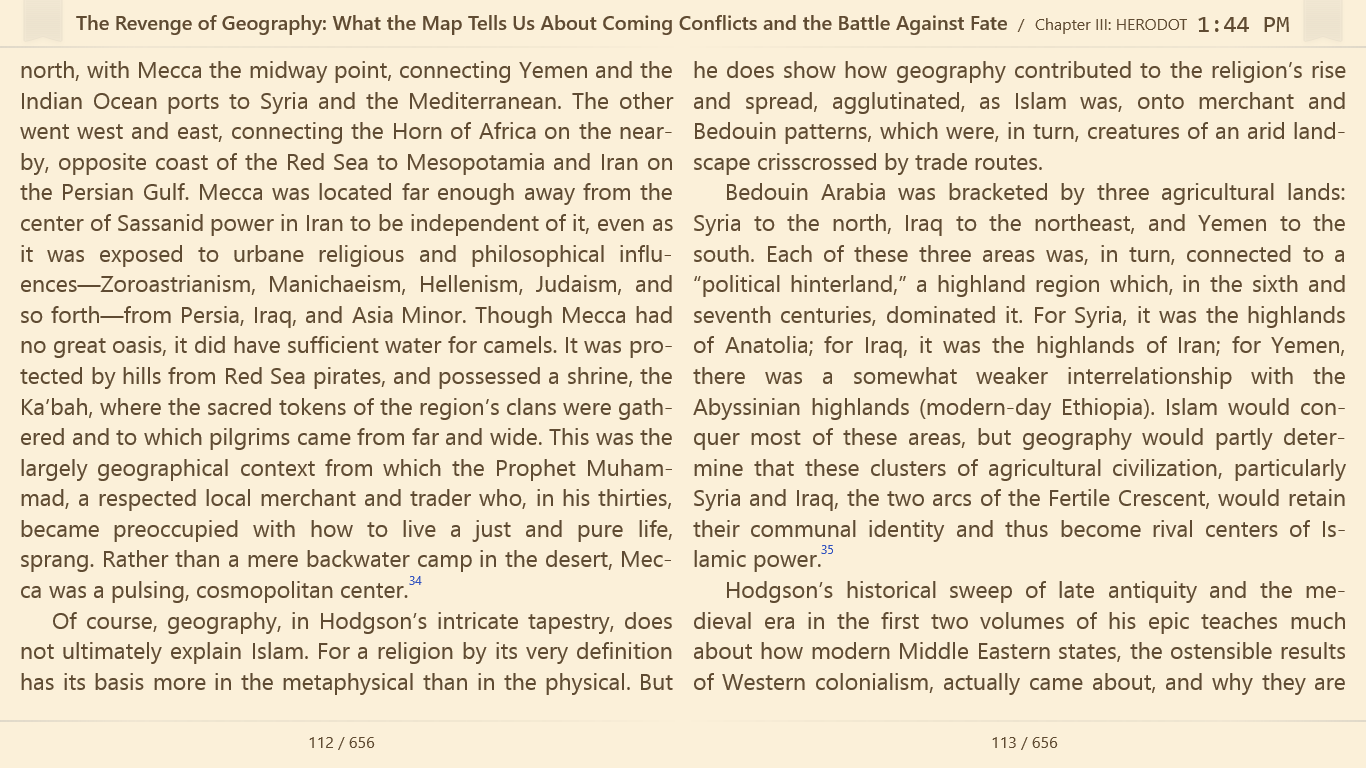.png)
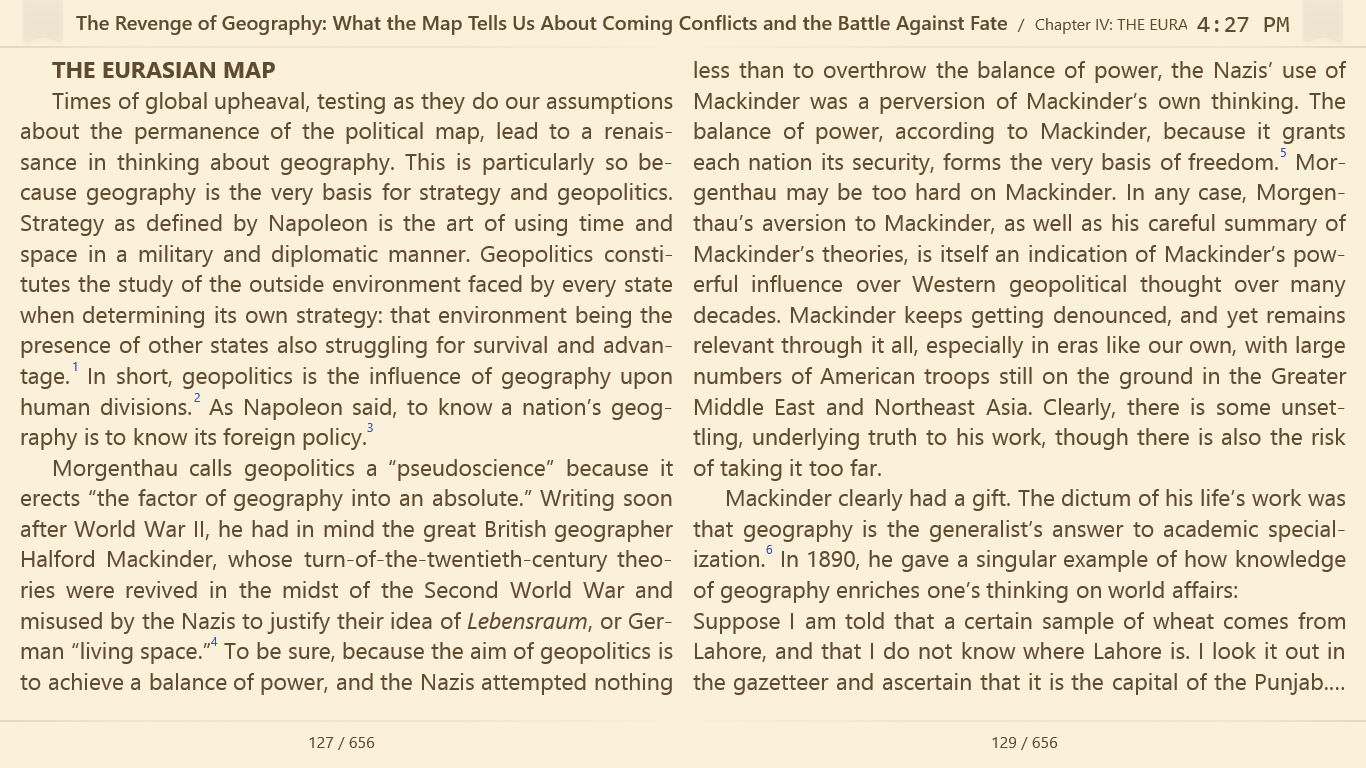.png)
.png)
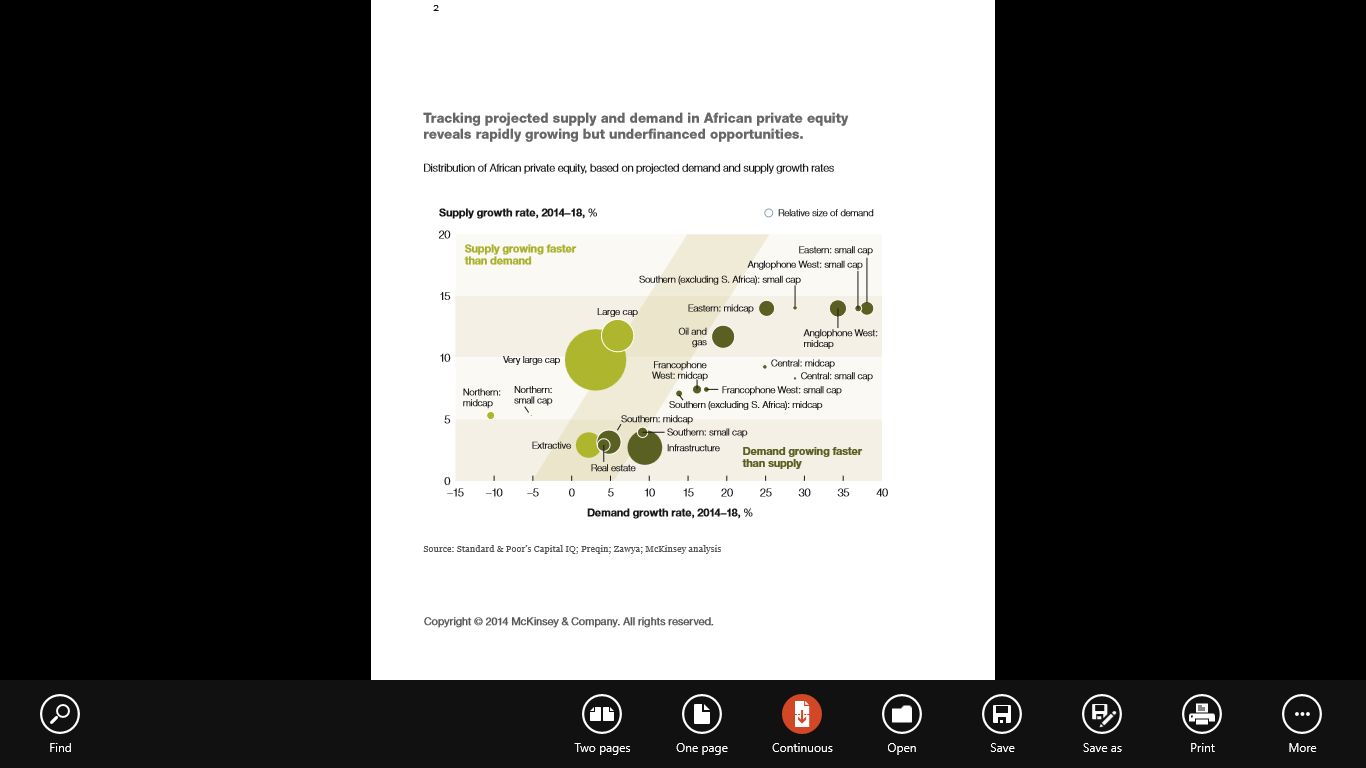.png)
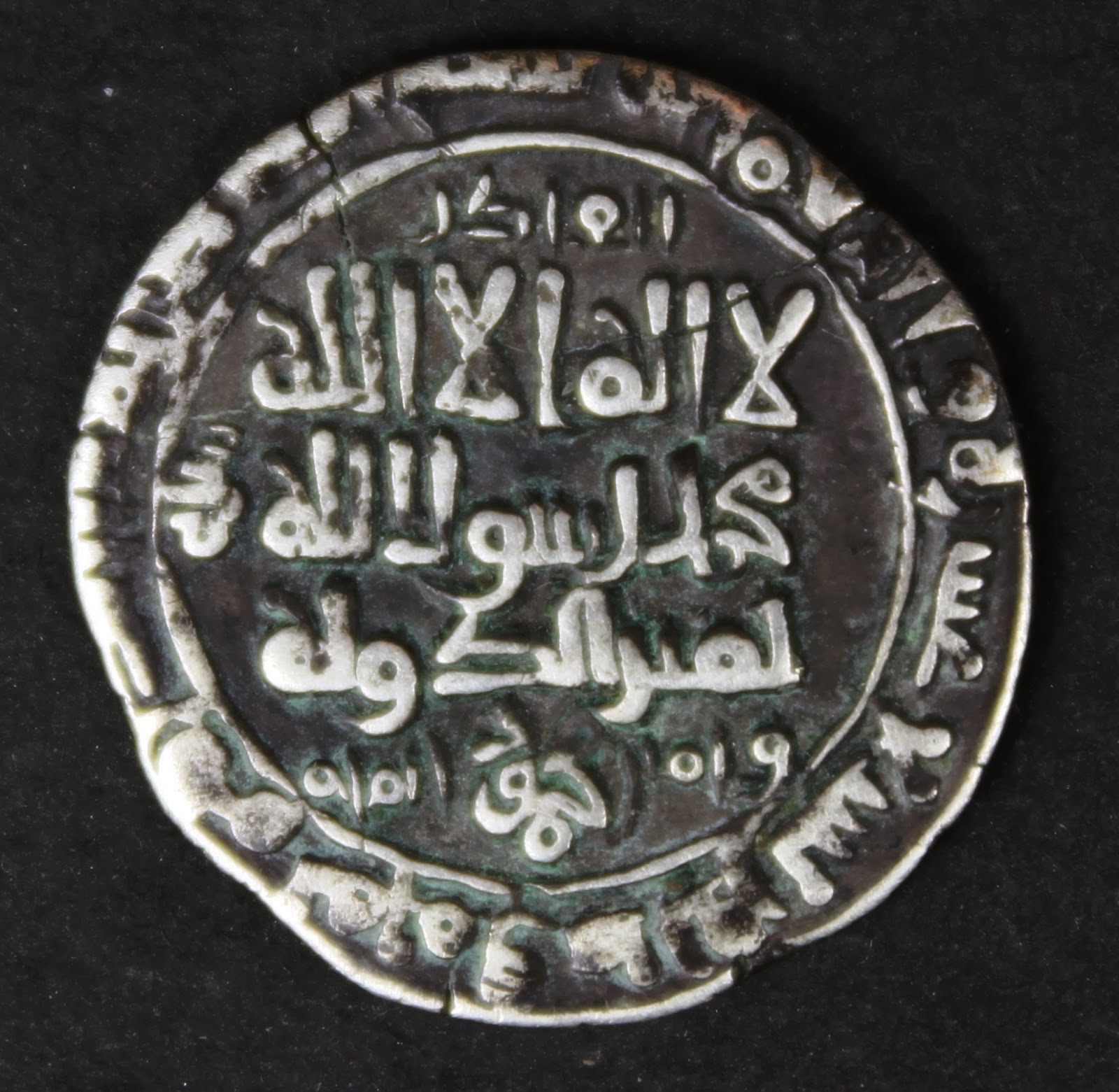
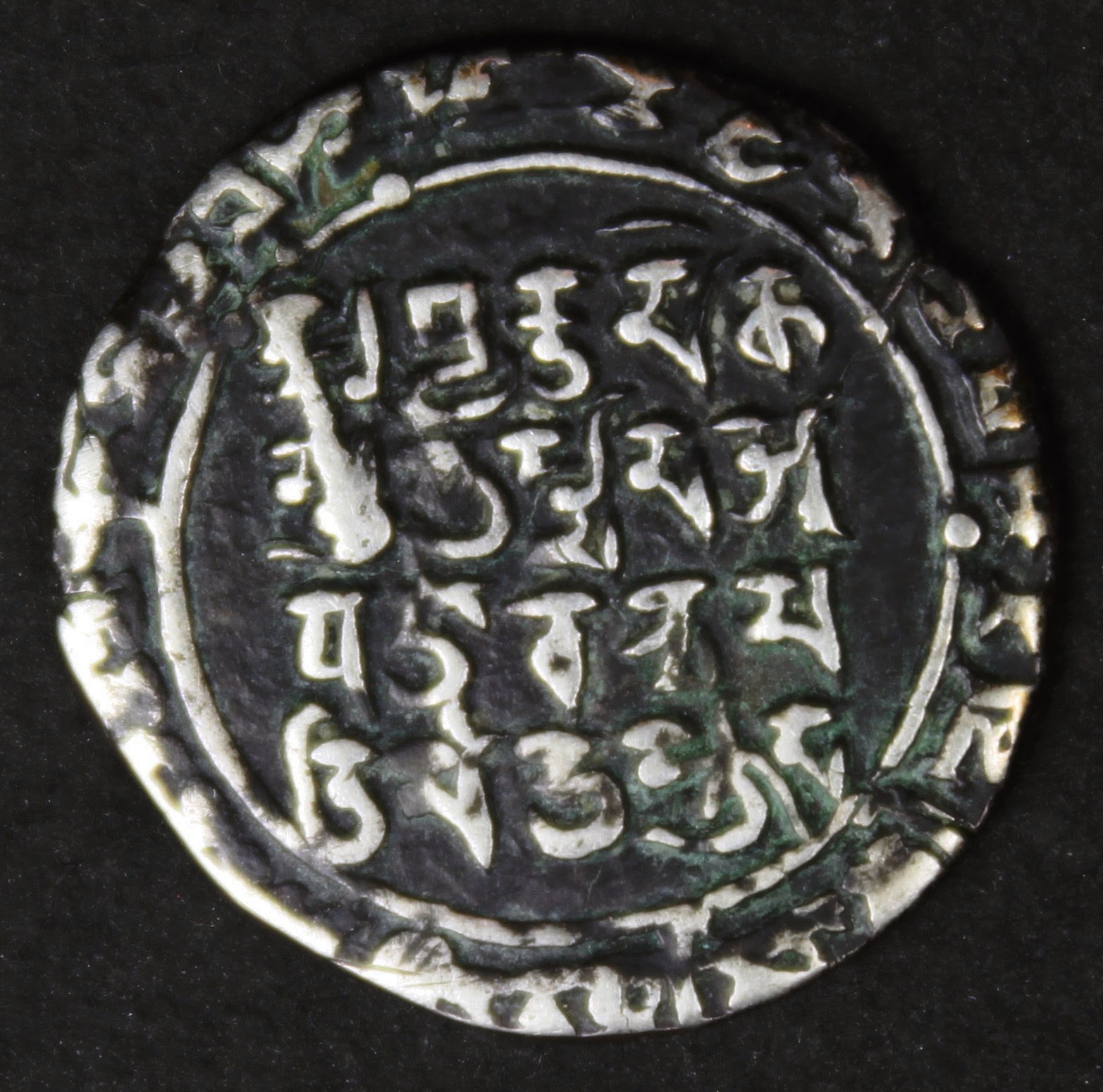


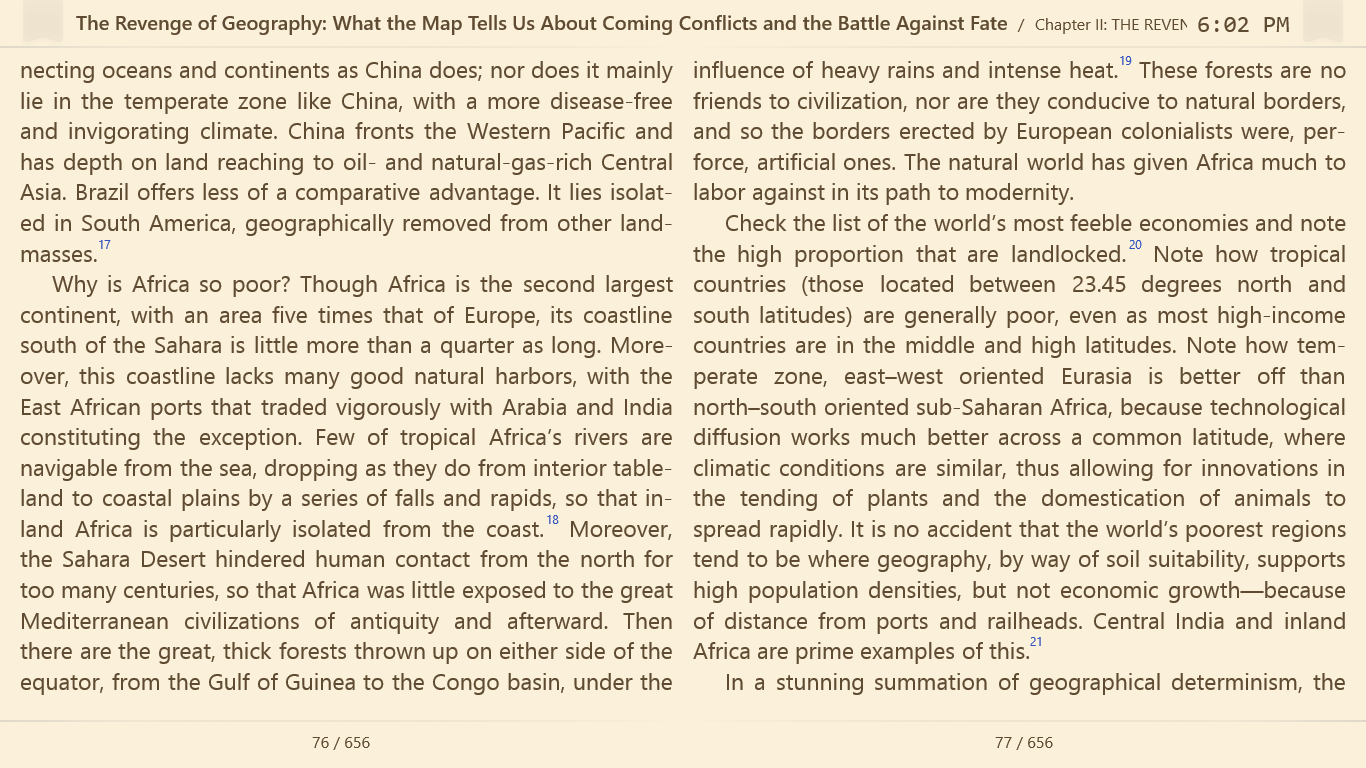.png)
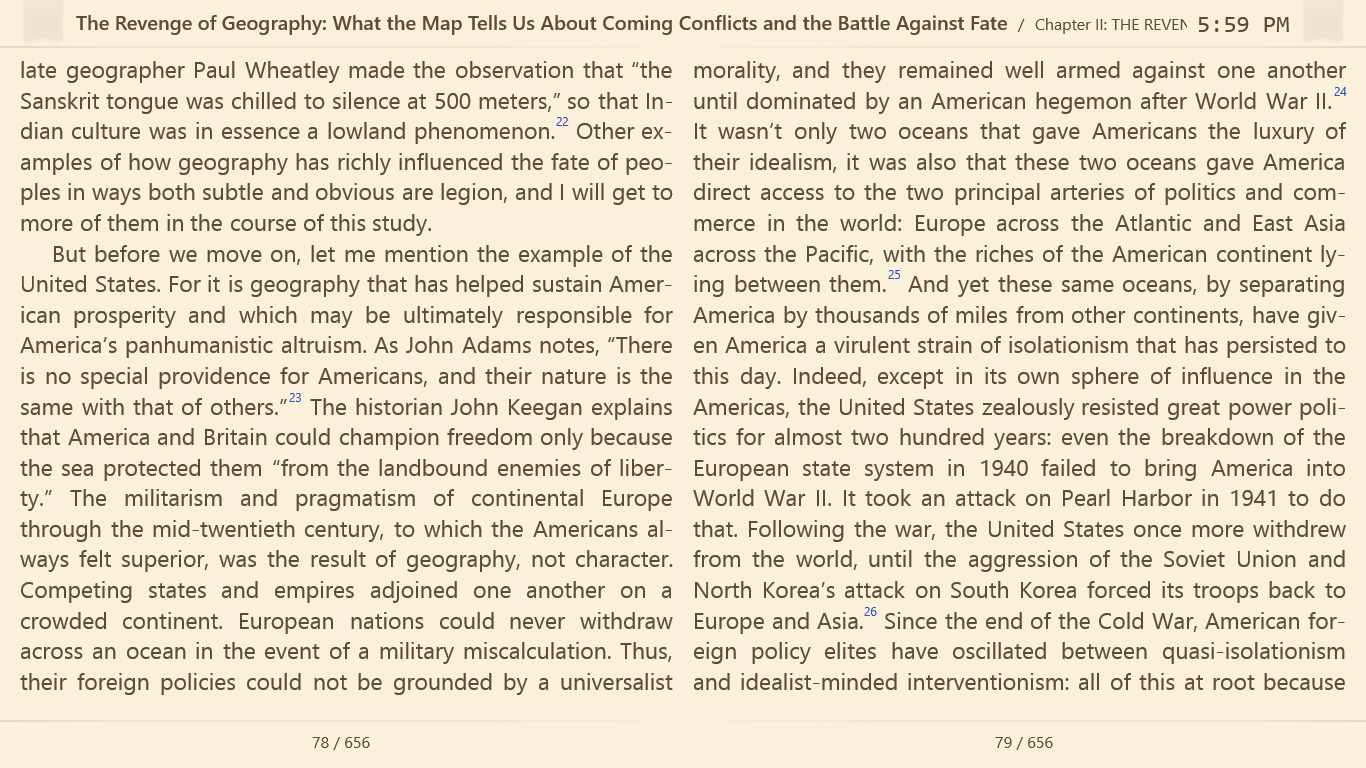.png)
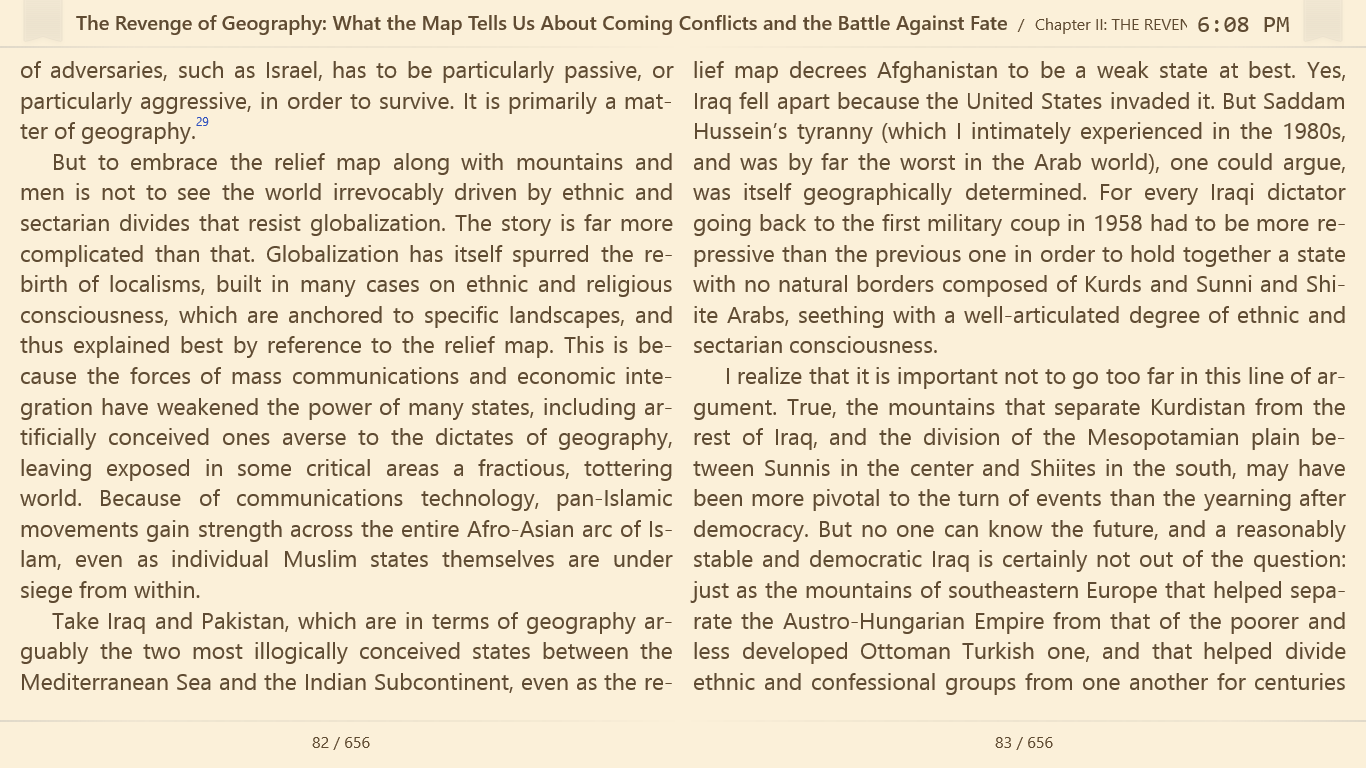.png)
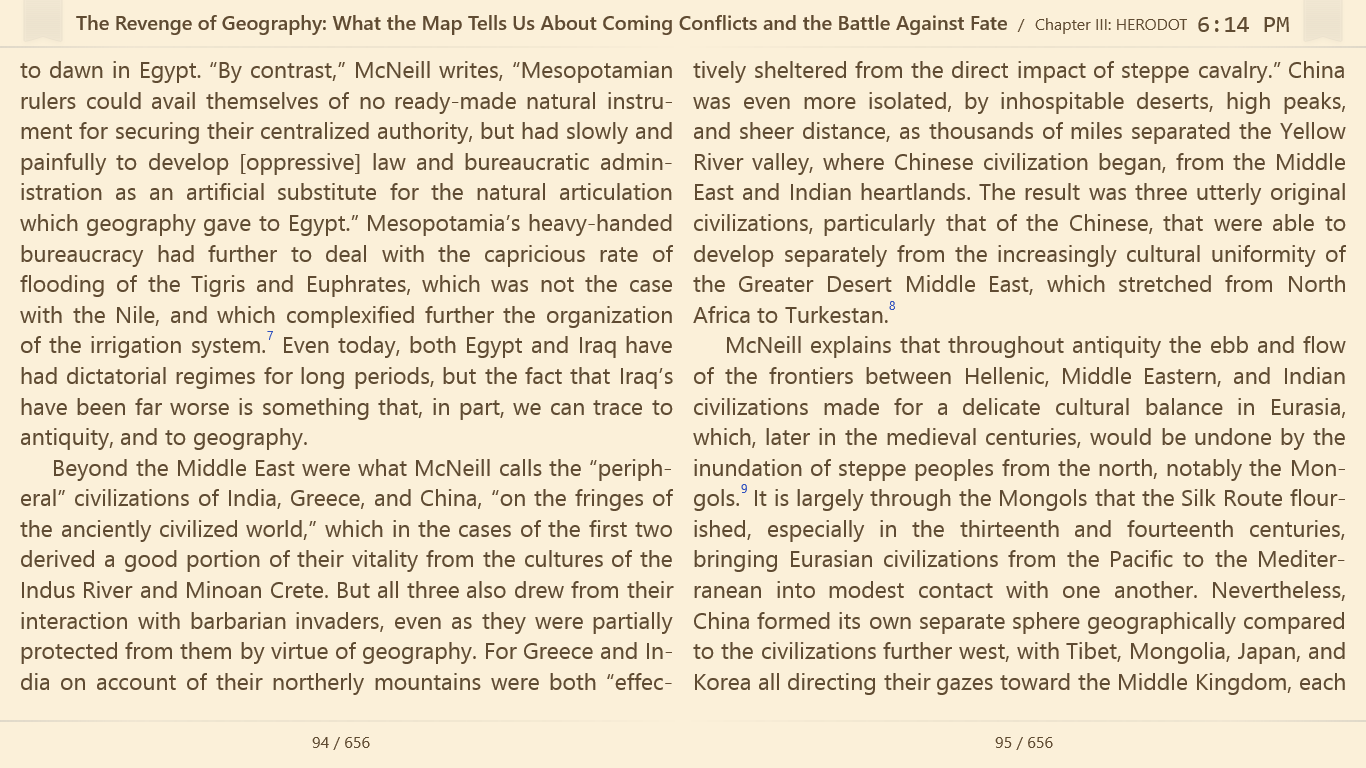.png)
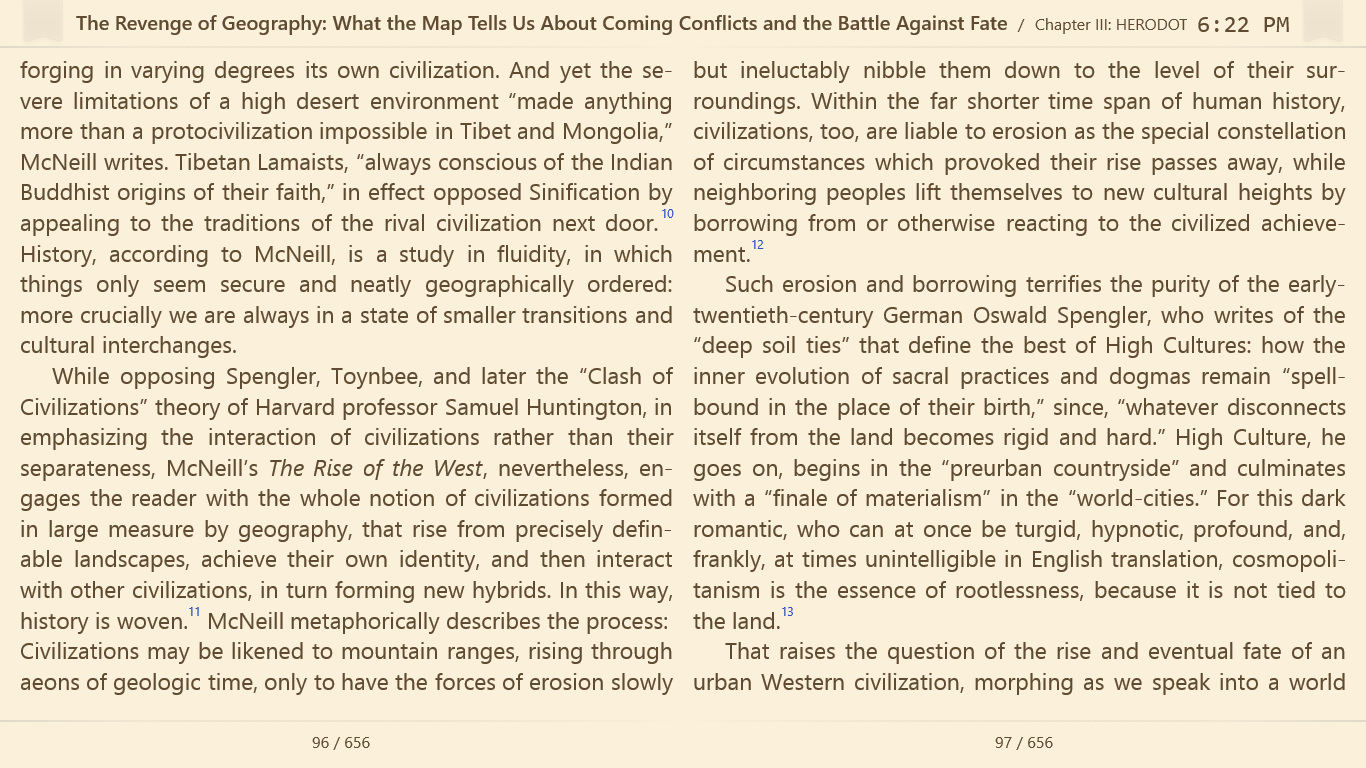.png)